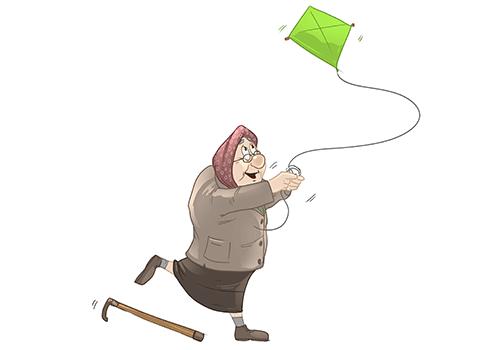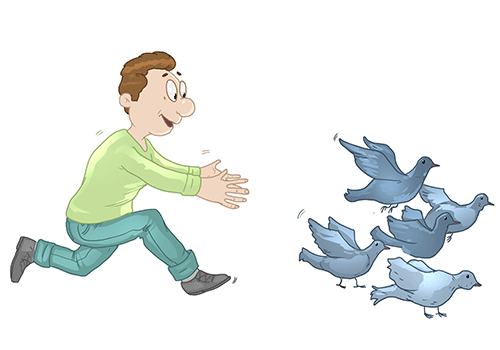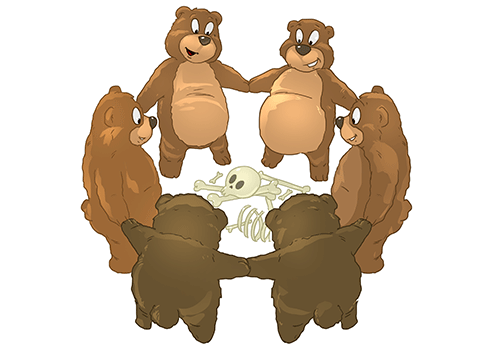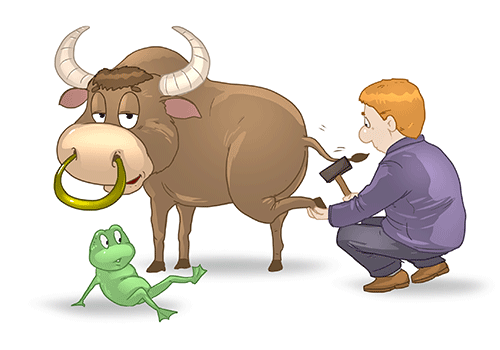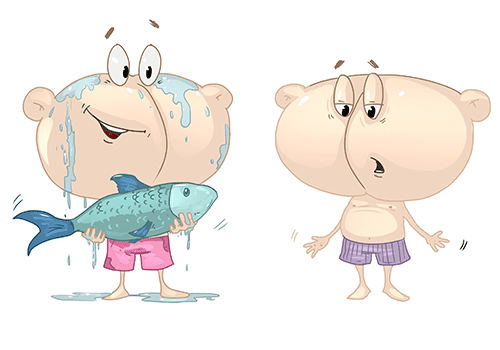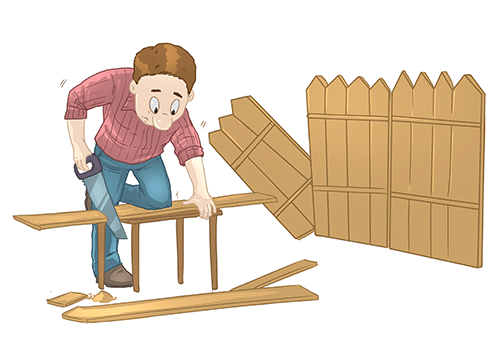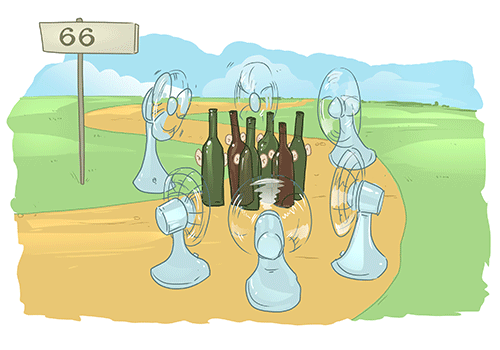Bulgarian
Български език
Български език
about 7 million in Bulgaria, 10 to 12 million speakers worldwide
Bulgaria, Mount Athos (Greece), EU
Romania (Banat variant), Serbia, Slovakia, Ukraine, Hungary
Australia, Albania, Canada, US, France, Greece, Germany, Spain, Italy, Turkey, UK, Moldova, among emigrant communities worldwide

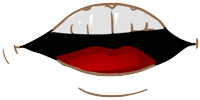
Old Bulgarian language was instrumental in spreading literacy among all other Slavic languages - the first written version of the language was created by Constantinus-Cirilus and Methodius in 9th century and was subsequently used as a literary language throughout the Slavic speaking world.
Prehistoric: between the Slavonic migration to eastern Balkans and the mission of Saints Cyril and Methodius to Great Moravia
Old Bulgarian
Middle Bulgarian
Modern Bulgarian
In 886 AD, the Bulgarian Empire introduced the Glagolitic alphabet which was devised by the Saints Cyril and Methodius in the 850s.
The Glagolitic alphabet was gradually superseded in later centuries by the Cyrillic script, developed in the beginning of the 10th century. Several Cyrillic alphabets with 28 to 44 letters were used in the beginning and the middle of the 19th century until an alphabet with 32 letters gained prominence in the 1870s. This alphabet was used until the orthographic reform of 1945 when the letters Ѣ, ѣ and Ѫ, ѫ were removed from the alphabet, reducing the number of letters to 30. With the accession of Bulgaria to the European Union on January 1, 2007, Cyrillic became the third official alphabet of the EU.
Bulgarian word stress is dynamic and distinctive:
There are two numbers in Bulgarian – singular and plural. Besides cardinal numbers and related words such as няколко (several), masculine nouns use a special count form in –а/–я, which stems from the Proto-Slavonic dual: два/три стола (two/three chairs) versus тези столове (these chairs).
There are three grammatical genders in Bulgarian: masculine, feminine and neuter. The gender of the noun can largely be inferred from its ending: nouns ending in a consonant are generally masculine; those ending in –а/–я are normally feminine; and nouns ending in –е, –о are almost always neuter.
Cases exist only in personal pronouns, with nominative, accusative, and dative forms. Vestiges are present in the masculine personal interrogative pronoun кой ("who" as in formal English, "whom") and in a number of phraseological units and sayings. Vocative forms are still in use, however, there is a tendency to avoid them in many personal names.
Definiteness is expressed by a definite article which is postfixed to the noun. In adjective-noun phrases, only the adjective takes a definite article ending. There are four singular definite articles. Nouns that end in a consonant and are masculine use –ът/–ят if they are grammatical subjects, and –а/–я elsewhere. Nouns that end in a consonant and are feminine, as well as nouns that end in –а/–я (most of which are feminine, too) use –та. Nouns that end in –е/–о use –то.
The plural definite article is –те for all nouns except for those, whose plural form ends in –а/–я; these get –тa instead.
Bulgarian verbs are the most complicated part of Bulgarian grammar, especially when compared to other Slavic languages. They are inflected for person, number and sometimes gender. They also have lexical aspect (perfective and imperfective), voice, nine tenses, three moods, four evidentials and six non-finite verbal forms. Because the subject of the verb can be inferred from the verb ending, it is often omitted. As there is no infinitive in the contemporary Bulgarian language the basic form of a verb is its present simple tense first person singular form.
There are about 70 dialects (40 in Bulgaria and about 30 in other countries), divided into 2 major groups (Eastern and Western) with different reflexes of the Common Slavic yat vowel (Ѣ).
In Western dialects ("hard speech") the former yat is pronounced "e" in all positions, e.g. млеко (mlekò) – milk, хлеб (hleb) – bread.
In Eastern dialects ("soft speech") the former yat alternates between "ya" and "e": it is pronounced "ya" if it is under stress and the next syllable does not contain a front vowel (e or i) – e.g. мляко (mlyàko), хляб (hlyab), and "e" otherwise – e.g. млекар (mlekàr) – milkman, хлебар (hlebàr) – baker.





